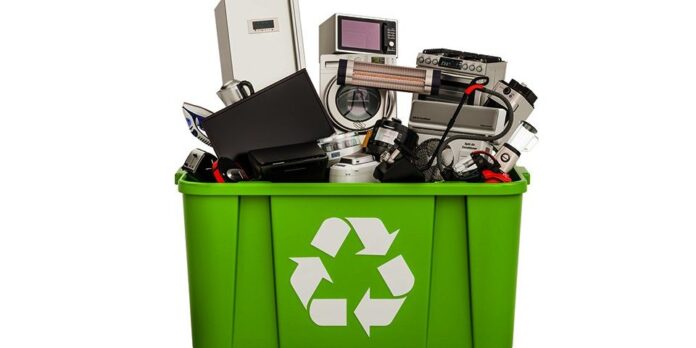As our world becomes increasingly reliant on technology, the amount of electronic waste (e-waste) generated continues to grow. E-waste refers to discarded electronic devices such as computers, smartphones, televisions, and other electronics that are no longer useful. Unfortunately, much of this e-waste ends up in landfills, causing environmental harm and potential health hazards.
E-waste recycling is a process that helps mitigate these negative impacts by recovering valuable materials from discarded electronics. In this article, we will explore how e-waste recycling works and why it matters.
Why E-Waste Recycling Matters?
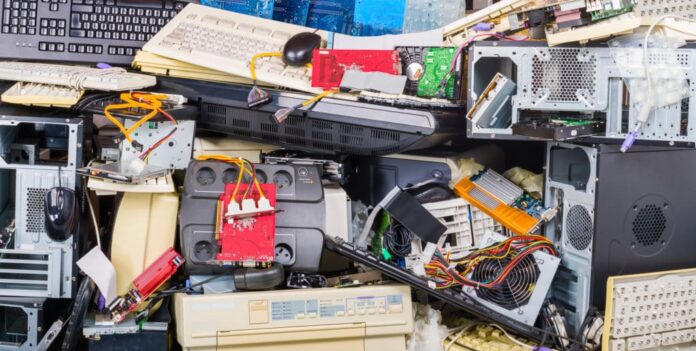
E-waste recycling is a critical issue that requires urgent attention from policymakers, businesses, and consumers. The growing problem of e-waste poses environmental and health hazards if not managed properly, and responsible e-waste disposal is crucial to reducing waste sent to landfills, conserving natural resources, and protecting the environment and human health.
E-waste recycling offers several benefits, including the recovery of valuable materials, job creation, and economic growth. While there are challenges to e-waste recycling, innovative solutions, and responsible disposal practices can help address these challenges and promote a more sustainable future.
As individuals, we can all play a role in promoting responsible e-waste disposal by educating ourselves on the issue and taking steps to ensure our e-waste is properly recycled or disposed of. By working together, we can help reduce the environmental impact of e-waste and create a more sustainable world for future generations. Despite that, it is highly beneficial for our environment to click here and collaborate with professional e-waste disposal services.
The Growing Problem of E-Waste
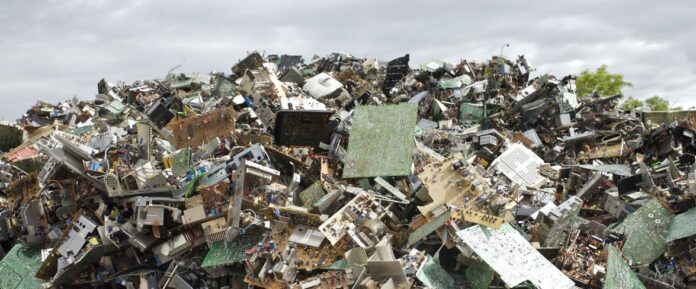
The exponential growth of technology and its associated devices, coupled with the fast-paced nature of innovation and development, has led to a surge in electronic waste generation, commonly referred to as e-waste. This is an alarming trend, as e-waste is one of the fastest-growing waste streams globally.
According to the Global E-waste Statistics Partnership, in 2019, 53.6 million metric tons of e-waste were generated worldwide, and this figure is expected to rise to 74.7 million metric tons by 2030. The rise in e-waste is attributable to factors such as shorter lifespans of devices, a rapid increase in population, and inadequate e-waste management systems.
Environmental and Health Hazards
E-waste is a hazardous waste stream and poses environmental and health risks if not managed properly. The devices that makeup e-waste contain toxic substances, including lead, mercury, and cadmium, which can have adverse effects on the environment and human health.
When e-waste is disposed of in landfills, the toxic substances can leach into the soil and groundwater, contaminating the surrounding areas. This can lead to serious environmental damage and long-term health consequences for humans, animals, and plants. Additionally, e-waste in landfills can release methane, a potent greenhouse gas that contributes to climate change.
The Benefits of E-Waste Recycling

E-waste recycling offers several benefits to the environment, the economy, and society. First, it conserves natural resources by recovering valuable materials such as copper, gold, and silver, which can be reused in new products.
This reduces the need for mining and other resource extraction activities, which can be environmentally damaging. Recycling e-waste also reduces the amount of waste sent to landfills, thereby decreasing environmental harm and potential health hazards. Additionally, e-waste recycling can create jobs and stimulate economic growth, as recycled materials can be sold to manufacturers for use in new products.
The E-Waste Recycling Process
The e-waste recycling process involves several steps, from collection to material recovery. The first step is the collection of e-waste, which can be done through curbside pickup or drop-off locations.
Next, the devices are sorted by type and condition, with devices that can be refurbished for reuse being sent for repair while those that cannot are dismantled. During the dismantling process, the valuable materials are extracted using various techniques, such as shredding or smelting. These materials are then sold to manufacturers to be used in new products. The recycling process is crucial to conserving resources and reducing the environmental harm caused by e-waste.
Challenges in E-Waste Recycling
Despite the benefits of e-waste recycling, there are several challenges that the industry faces. One of the biggest challenges is the lack of proper e-waste disposal infrastructure in many countries. This can lead to e-waste being sent to landfills or illegally dumped, causing environmental harm and health hazards.
Additionally, the high cost of recycling and the low value of some materials can make it difficult for e-waste recycling companies to remain profitable. These challenges require innovative solutions and the collaboration of various stakeholders, including consumers, manufacturers, policymakers, and recyclers.
The Importance of Responsible E-Waste Disposal
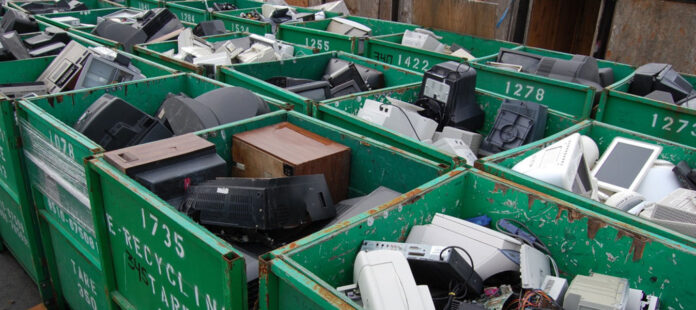
Responsible e-waste disposal is crucial to minimizing environmental harm and potential health hazards. Consumers can take steps to ensure their e-waste is disposed of properly, such as donating or reselling old devices, participating in community e-waste recycling events, or using e-waste recycling services offered by retailers.
Businesses can also play a role by implementing responsible e-waste disposal practices and ensuring that their devices are properly recycled or refurbished. Policymakers can also enact legislation to regulate e-waste management and encourage responsible disposal practices. Responsible e-waste disposal can help reduce the amount of waste sent to landfills, conserve natural resources, and protect the environment and human health.
Consumer Education on E-Waste
Consumer education on e-waste is essential to promote responsible disposal practices. Many consumers are not aware of the potential environmental and health hazards associated with improper e-waste disposal or the benefits of e-waste recycling.
By educating consumers on the importance of responsible e-waste disposal and providing them with information on recycling options, policymakers, and businesses can help increase e-waste recycling rates and reduce environmental harm.
Corporate Social Responsibility and E-Waste
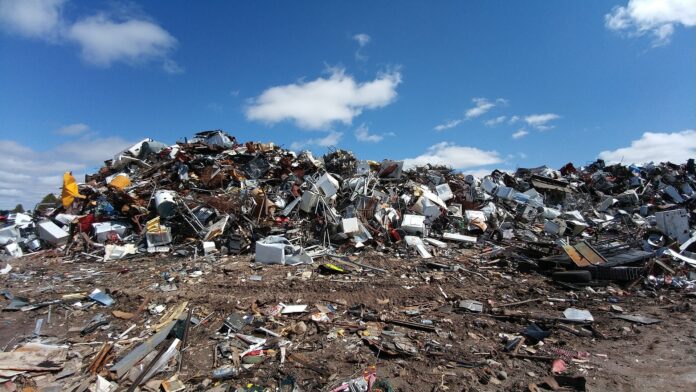
Corporate social responsibility (CSR) has become an increasingly important issue for businesses, with many consumers and stakeholders placing greater emphasis on environmental and social impact.
As a result, many companies are incorporating e-waste management into their CSR initiatives. This can include implementing responsible e-waste disposal practices, partnering with e-waste recycling companies, or designing products with recycling in mind.
Innovative Solutions for E-Waste Management
Innovative solutions are essential to address the challenges of e-waste management. This includes developing new recycling technologies to recover valuable materials more efficiently and cost-effectively, as well as finding new ways to reuse and repurpose old devices.
One innovative solution is the concept of a circular economy, which aims to minimize waste and maximize resource use by designing products with recycling and reuse in mind. Other innovative solutions include the use of blockchain technology to track e-waste throughout the recycling process and the development of mobile recycling units to increase access to recycling in rural or remote areas.

